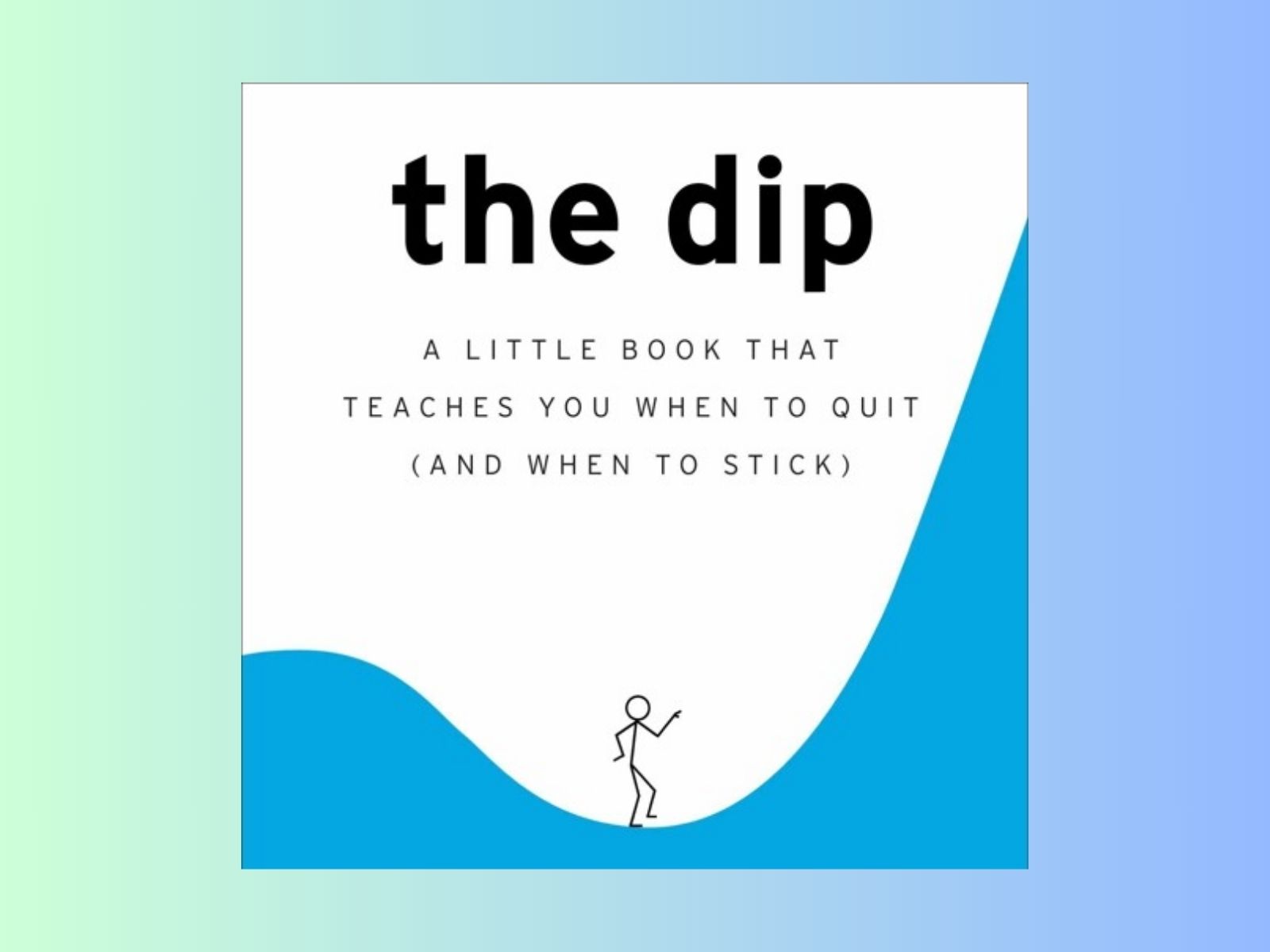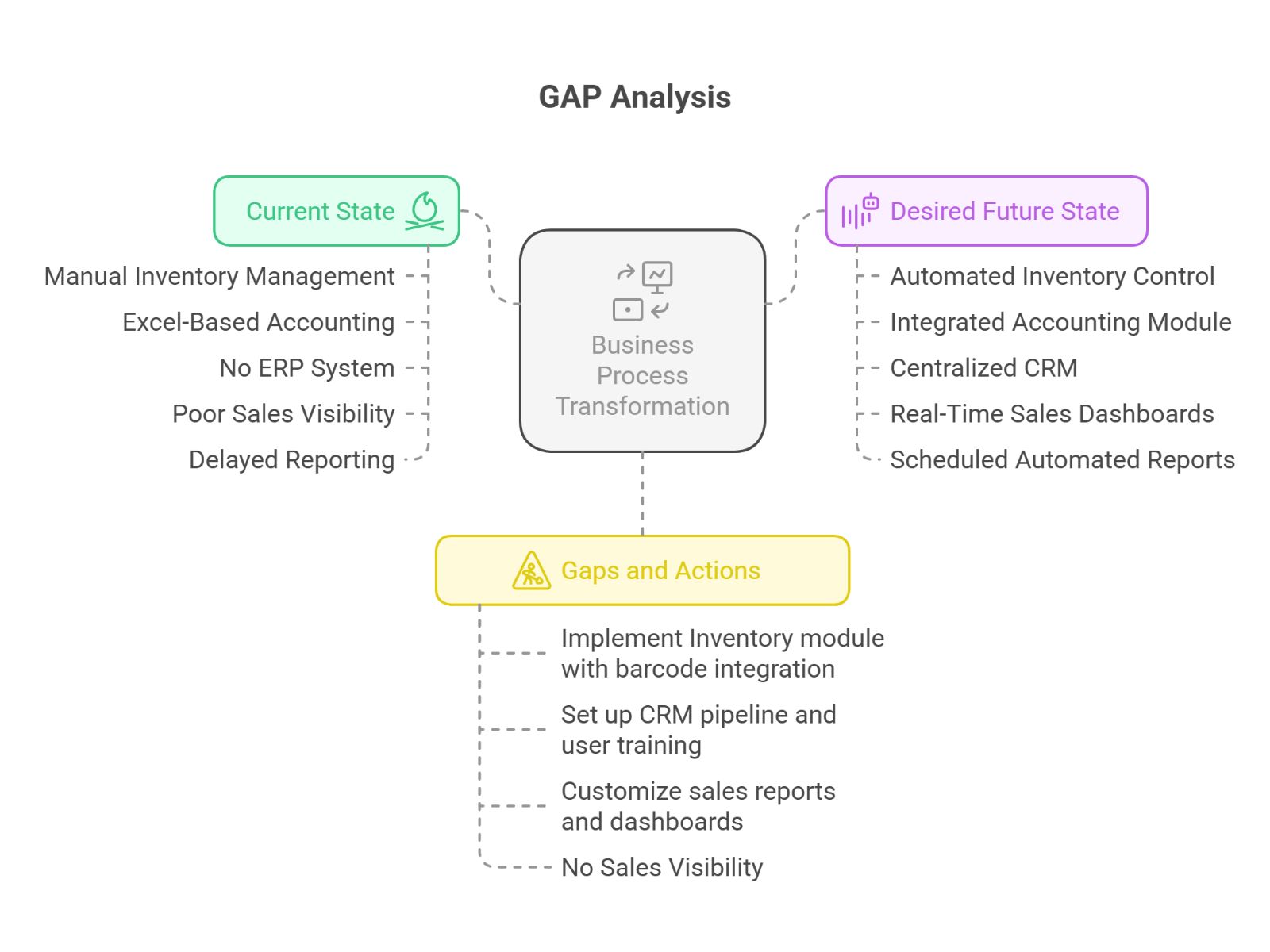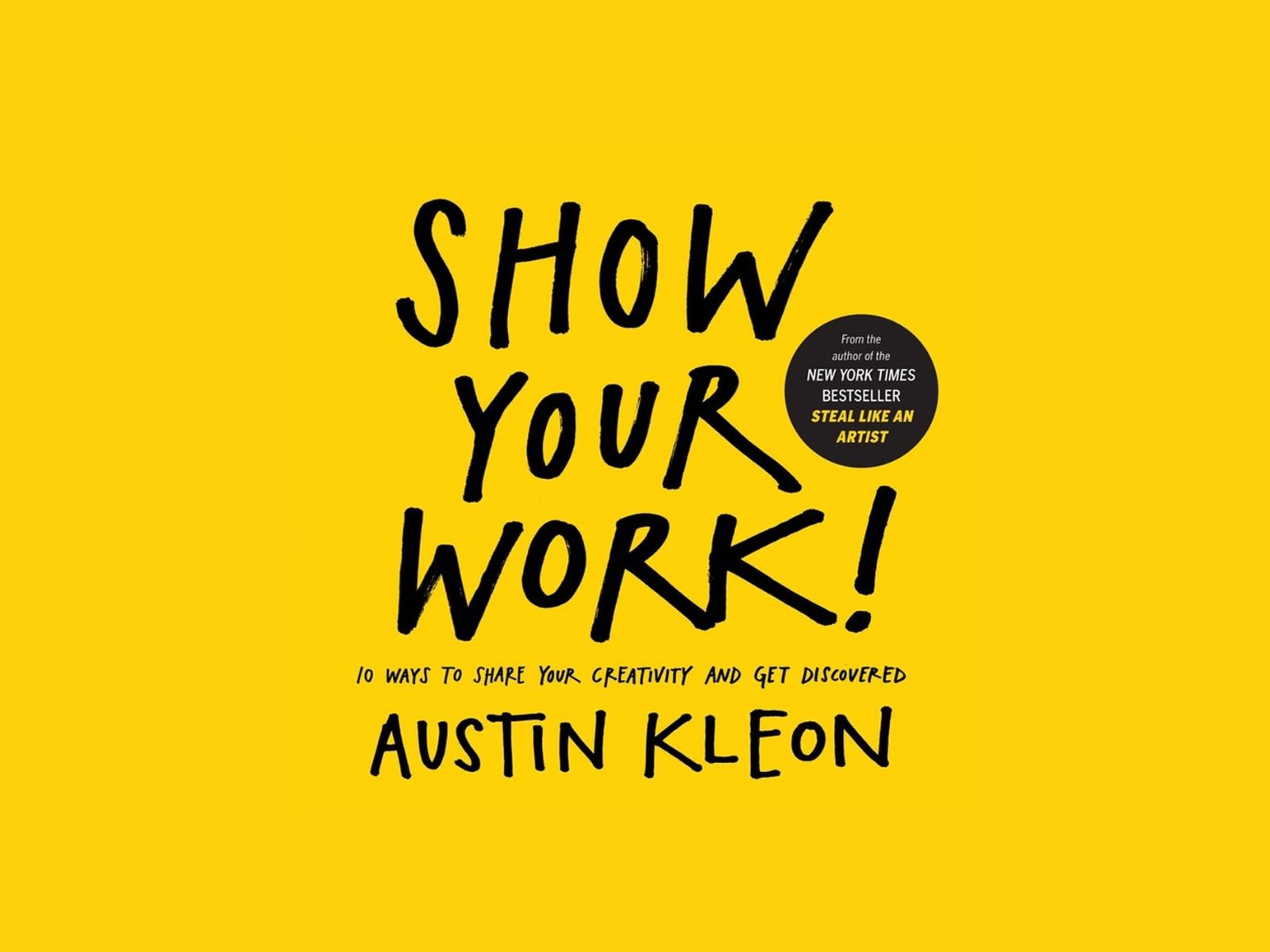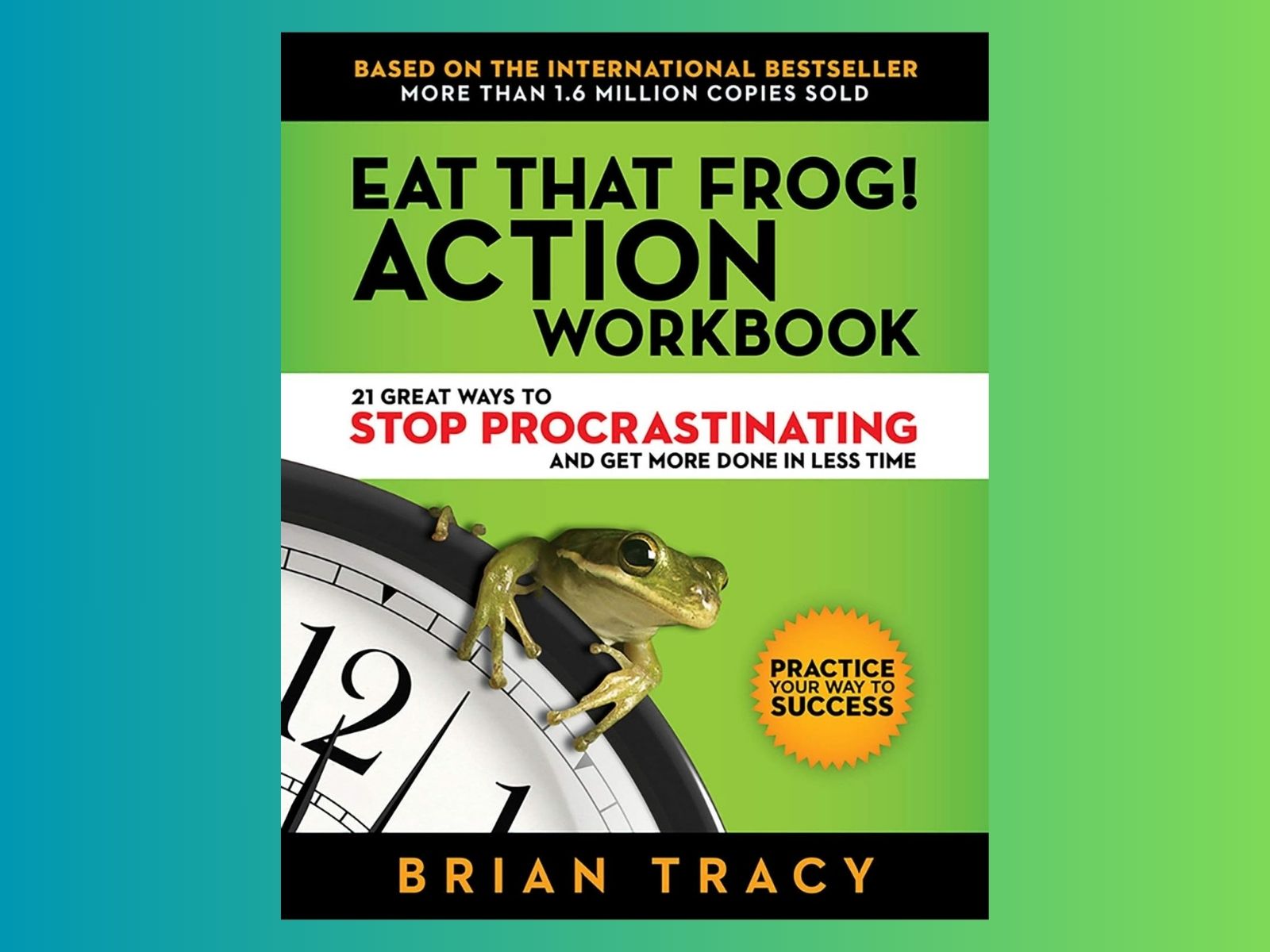
Being the Best in the World Is Seriously Underrated

Seth Godin reframes the classic idea that “winners never quit.” In reality:
Winners quit all the time — they just quit the right stuff at the right time.
He introduces the central idea of the book: The Dip — the difficult, time-consuming stretch between beginning something and mastering it. Most people quit during this phase, but those who push through become the best.
Godin argues that being the best in the world at something is not just ideal — it’s essential. Rewards in many industries follow a winner-take-all pattern. Success comes disproportionately to those who are at the top.
He emphasizes the importance of quitting distractions and focusing intensely on what can lead to greatness.
“A woodpecker can tap twenty times on a thousand trees and get nowhere, but stay busy. Or he can tap twenty-thousand times on one tree and get dinner.”
If You’re Not Going to Get to #1, You Might as Well Quit Now

“Strategic quitting is the secret of successful organizations.”
This chapter is about strategic quitting. Godin distinguishes between intelligent quitting and panicked quitting. The former is planned and thoughtful; the latter is emotional and reactive.
He encourages setting “quit criteria” in advance. For example, an ultramarathon runner might define what signs would justify quitting — before the pain and fatigue set in.
Godin argues that sticking with something just because you’ve already invested time, money, or effort (aka sunk cost fallacy) is a trap.
“Never quit something with great long-term potential just because you can’t deal with the stress of the moment.”
Takeaway: Know when to cut your losses. Don’t let pride or inertia prevent you from changing course.
The Cul-de-Sac and the Cliff – Dead Ends to Avoid

Godin introduces three curves:
- The Dip – Worth pushing through.
- The Cul-de-Sac – A dead end where no matter how hard you work, nothing improves.
- The Cliff – A path that looks good short-term but leads to disaster (e.g., burnout or unethical behavior).
His advice: Quit Cul-de-Sacs immediately and avoid Cliffs entirely. Reserve your energy for Dips that are actually worth enduring.
“The Cul-de-Sac (French for ‘dead end’) … is a situation where you work and work and work and nothing much changes.”
“Stick with the Dips that are likely to pan out, and quit the Cul-de-Sacs to focus your resources.”
“People settle. They settle for less than they are capable of.”
“If you can’t make it through the Dip, don’t start.”
This chapter is a reminder to be honest with yourself about the path you’re on.
Let me know if you’d like the next chapters or want a downloadable .md file version!







